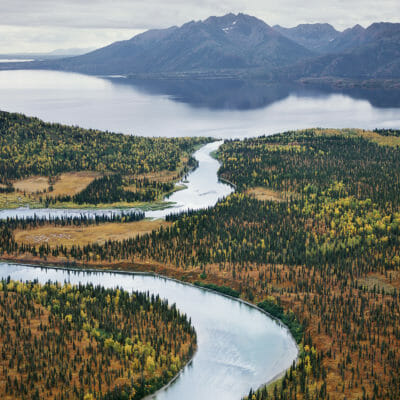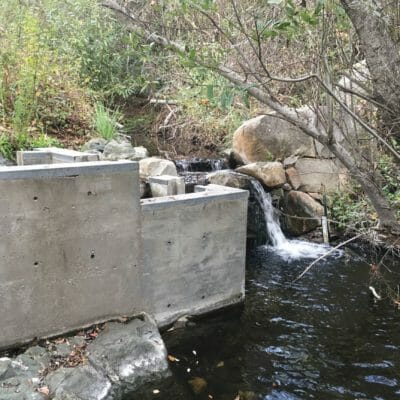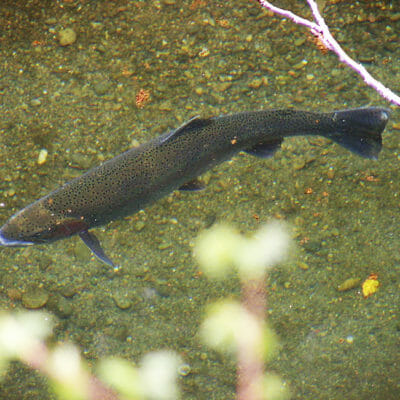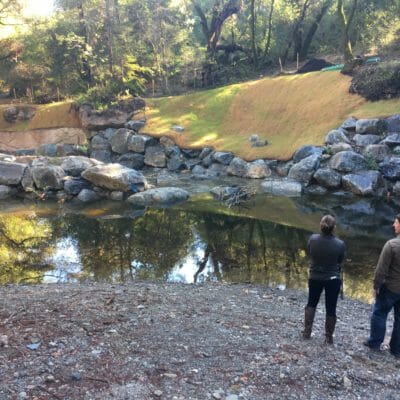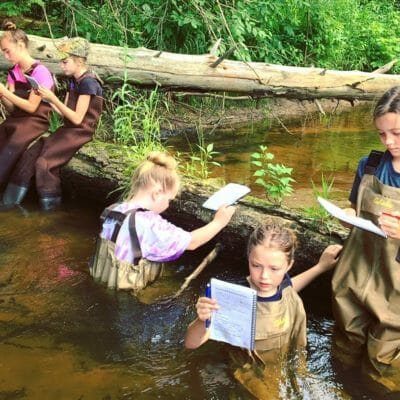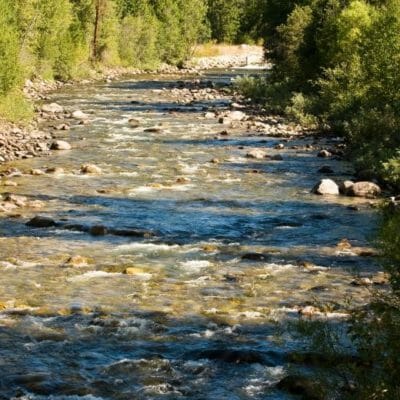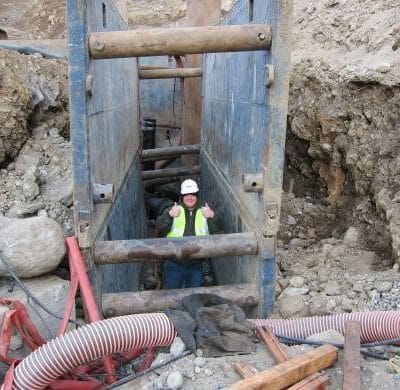For generations, Alaska has been known as “the last frontier.” For anglers, it might be better known as the Salmon Frontier. Alaska is, simply put, the best of what’s left. It’s home to the largest salmon runs left in America and, in some cases, the world. Here, anglers share the rivers and streams with mighty…
Trout Unlimited is working along the south-central coast of California to recover native steelhead runs, largely by restoring habitat and enhancing fish passage and dry season streamflows through cooperative partnership projects with landowners and agricultural operators. Steelhead are listed as Threatened in this region. On Pennington Creek near San Luis Obispo, TU completed a major…
Land acquisition, conversion to regional park land, dedication of irrigation water to the Carmel River The Carmel River on California’s central coast is a native steelhead stronghold, but dams and a steady increase in diversions and pumping have contributed to a drastic decline in adult steelhead returns. Recently, two of three dams on this river…
The Mill Creek Dam Fish Passage Project dramatically improves access for native coho salmon and steelhead to more than eleven miles of high quality spawning and rearing habitat in a key tributary to California’s Russian River. TU and a variety of partners completed construction on this project in October 2016. Adult coho salmons returns in the Russian…
Goals Located near the second largest metropolitan area in Michigan, the Rogue River is an extremely important trout fishery in southern Michigan. The lower portion of the river is fabled for its excellent steelhead runs. The eastern tributaries host significant brook and brown trout populations. The river is an important economic engine — based on…
The goal of Trout Unlimited’s Chewuch River Permanent Instream Flow Project is to reduce the effects of irrigation withdrawals on late summer through winter low-flows in the lower eight miles of the Chewuch River.
Trout Unlimited’s Pioneer Pump Exchange Project improves instream flow in the lower Wenatchee River to improve passage and decrease critical temperature barriers at the confluence with the Columbia and Wenatchee Rivers.
